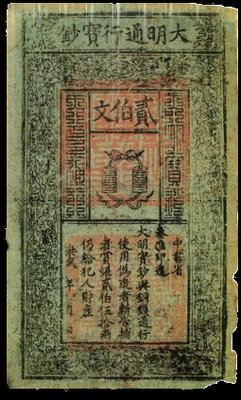China is considered the oldest and still extant ancient culture in the world. The name `China’ comes from the Sanskrit Cina which was translated as `Cin’ by the Persians and seems to have become popularized through trade along the Silk Road from China to the rest of the world.
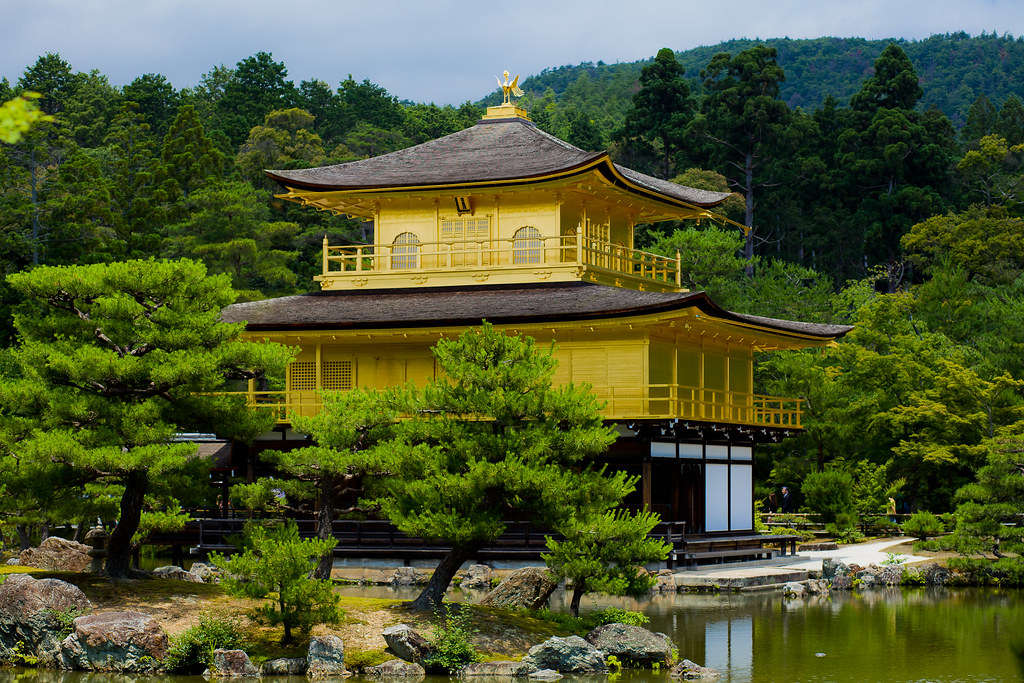
Image source: https://search.creativecommons.org/photos/4c776a35-f5dd-48ca-bda4-ba285b254085 by Imahinasyon Photography
What are the key events in Chinese History?
The key events in Chinese history are divided as follows:
- 1700-1046 BC – Shang Dynasty – the first Chinese state for which clear written records remain – unites much of north central China.
- 1045-770 BC – Zhou dynasty
Imperial China
- 221-206 BC – King Ying Zheng of Qin for the first time unites much of the Chinese heartland, becomes the first ruler to use the title “emperor” as Qin Shihuangdi (“First Qin Emperor“) and builds first Great Wall of China.

Image source: https://search.creativecommons.org/photos/224ddfe2-84c1-444c-8c6c-0c5f9903783e by Kjmagnuson
- 206 BC – 220 AD – Han Dynasty: first durable state governing the entire Chinese heartland, ushers in first Chinese cultural “golden age”,
- 220 – 589 – Collapse of Han state results in nearly four centuries of division between competing dynasties
- 618-907 – Tang Dynasty
- 960-1279 – Song Dynasty
Mongol rule
- 1271-1368 – Mongols conquer China
- 1368 – Ming Dynasty overthrows Mongols. Great Wall of China completed in the form seen today.
- 1644 – Manchu Qing Dynasty drives out Ming. Chinese empire reaches its zenith, with the annexation of Tibet, Mongolia and present-day Xinjiang (Turkestan).

Image source:https://search.creativecommons.org/photos/57ca6ac9-7e37-4fc0-8197-33952850cbf5 by Donald Trung Quoc Don (Chữ Hán: 徵國單) – Wikimedia Commons
- 19th Century – Qing Dynasty begins a long decline.
The Republic
- 1911-12 – Military revolts by reform-minded officers lead to proclamation of Republic of China under Sun Yat-sen and abdication of last Qing emperor.
- 1949 – Mao Zedong, having led the Communists to victory against the Nationalists after more than 20 years of civil war, proclaims the founding of the People’s Republic of China.
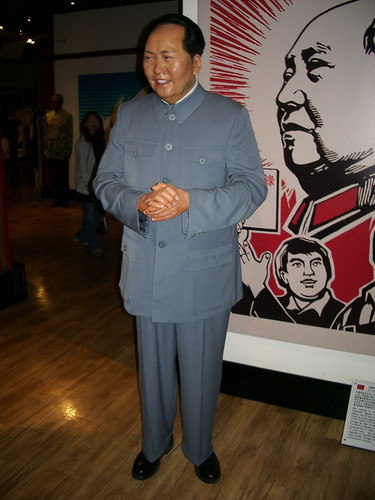
Image source: https://search.creativecommons.org/photos/98abac88-ad2d-4132-8ca7-87dfcc0cc159 by InSapphoWeTrust
What is the most important architectural chinese landmark?
Perhaps the most recognizable symbol of China and its long and vivid history, the Great Wall of China actually consists of numerous walls and fortifications, many running parallel to each other. Originally conceived by Emperor Qin Shi Huang (c. 259-210 B.C.) in the third century B.C. as a means of preventing incursions from barbarian nomads into the Chinese Empire, the wall is one of the most extensive construction projects ever completed. Though the Great Wall never effectively prevented invaders from entering China, it came to function more as a psychological barrier between Chinese civilization and the world, and remains a powerful symbol of the country’s enduring strength.

Image source: https://search.creativecommons.org/photos/ee7f2a5d-ebdb-4204-9762-c6b253e36c27 by travelourplanet.com
Made mostly of earth and stone, the wall stretched from the China Sea port of Shanhaiguan over 3,000 miles west into Gansu province From a base of 15 to 50 feet, the Great Wall rose some 15-30 feet high and was topped by ramparts 12 feet or higher; guard towers were distributed at intervals along it.

Image source: https://search.creativecommons.org/photos/d9f16fe4-dd6f-46a3-b92e-3d5a544e63e2
The biggest Palace in the world
Seat of supreme power for over five centuries (1416-1911), the Forbidden City in Beijing, with its landscaped gardens and many buildings (whose nearly 10,000 rooms contain furniture and works of art), constitutes a priceless testimony to Chinese civilization during the Ming and Qing dynasties. The Imperial Palace of the Qing Dynasty in Shenyang consists of 114 buildings constructed between 1625–26 and 1783 making it “the largest building in the world”. It contains an important library and testifies to the foundation of the last dynasty that ruled China, before it expanded its power to the centre of the country and moved the capital to Beijing. This palace then became auxiliary to the Imperial Palace in Beijing. This remarkable architectural edifice offers important historical testimony to the history of the Qing Dynasty and to the cultural traditions of the Manchu and other tribes in the north of China.

Image source: https://search.creativecommons.org/photos/c0803119-ff41-40dd-a639-bdbac3ce262f by tacowitte
What are the revolutionary chinese inventions?
- Paper Making 105 A.C
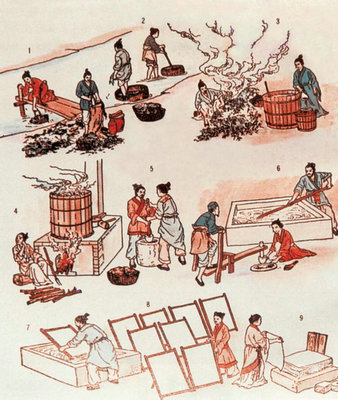 The invention of paper greatly affects human history. Paper already existed in China since 105 A.C, however, a eunuch named Cai Lun (ca. 50 AD – 121) made significant innovation and helped drive its widespread adoption. His advanced paper-making technology then spread to central Asia and the world through the Silk Road.
The invention of paper greatly affects human history. Paper already existed in China since 105 A.C, however, a eunuch named Cai Lun (ca. 50 AD – 121) made significant innovation and helped drive its widespread adoption. His advanced paper-making technology then spread to central Asia and the world through the Silk Road.
- Mechanical Clock 725 A.D.
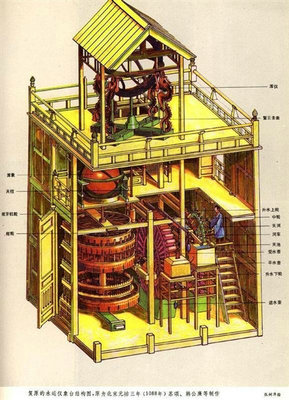 The world’s first mechanical clock -Water-driven Spherical Birds – was invented by Yi Xing, a Buddhist monk in 725 A.D.. It was operated by dripping water which powered a wheel that made one revolution in 24 hours. Hundreds of years later, the inventor Su Song developed a more sophisticated clock called the Cosmic Empire in 1092, 200 years earlier before the mechanical clock was created in Europe.
The world’s first mechanical clock -Water-driven Spherical Birds – was invented by Yi Xing, a Buddhist monk in 725 A.D.. It was operated by dripping water which powered a wheel that made one revolution in 24 hours. Hundreds of years later, the inventor Su Song developed a more sophisticated clock called the Cosmic Empire in 1092, 200 years earlier before the mechanical clock was created in Europe.
- Silk About 6,000 years ago
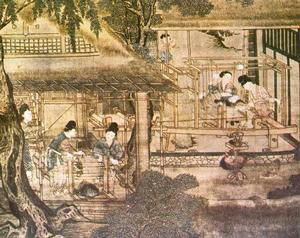 Silk, one of the oldest fibers, originated in China as early as 6,000 years ago. The earliest evidence of silk was discovered at Yangshao culture site in Xiaxian County, Shanxi Province, China. where a silk cocoon was found cut in half, dating back to between 4000 and 3000 BC. Chinese people mastered sophisticated silk weaving tech and closely guarded secret, and the West had to pay gold of the same weight for the silks. In ancient times the silk was a very important item made in China and for many centuries businessmen transported this precious item from China to the West, forming the famous Silk Road.
Silk, one of the oldest fibers, originated in China as early as 6,000 years ago. The earliest evidence of silk was discovered at Yangshao culture site in Xiaxian County, Shanxi Province, China. where a silk cocoon was found cut in half, dating back to between 4000 and 3000 BC. Chinese people mastered sophisticated silk weaving tech and closely guarded secret, and the West had to pay gold of the same weight for the silks. In ancient times the silk was a very important item made in China and for many centuries businessmen transported this precious item from China to the West, forming the famous Silk Road.
- Umbrella 1,700 years ago
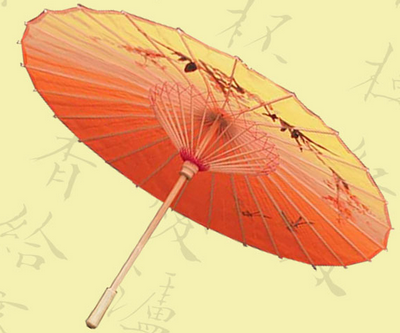 The inventions of umbrella can be traced back as early as 3500 years ago in China. Legend has it, Lu Ban, a Chinese carpenter and inventor created the first umbrella. Inspired by children using lotus leaves as rain shelter, he created umbrella by making a flexible framework covered by a cloth.
The inventions of umbrella can be traced back as early as 3500 years ago in China. Legend has it, Lu Ban, a Chinese carpenter and inventor created the first umbrella. Inspired by children using lotus leaves as rain shelter, he created umbrella by making a flexible framework covered by a cloth.
Info and Images source: http://www.chinawhisper.com/top-20-ancient-chinese-inventions/
Paper money were first developed by the ancient Chinese, who started using folding money at the end of the 8th or beginning of the 9th century AD. Paper bills were originally used as privately issued bills of credit or exchange notes. A merchant could deposit his cash in the capital, receiving a paper “exchange certificate” which he could exchange for metal coins in other cities.
Fashion Design

Image source: https://search.creativecommons.org/photos/7e378d54-437e-459e-a2f2-842406cf1530 by matteson.norman
Hanfu is the traditional, historical dress of the Han people. The term Hanfu was originally recorded by the Book of Han, which refers to Han dynasty’s traditional dresses.
The Shang Dynasty (c. 1600 BC – 1000 BC), developed the rudiments of Hanfu; it consisted of a yi, a narrow-cuffed, knee-length tunic tied with a sash, and a narrow, ankle-length skirt, called chang, worn with a bixi, a length of fabric that reached the knees. Vivid primary colors and green were used, due to the degree of technology at the time.
The dynasty to follow the Shang, the Western Zhou Dynasty, established a strict hierarchical society that used clothing as a status meridian, and inevitably, the height of one’s rank influenced the ornateness of a costume. Such markers included the length of a skirt, the wideness of a sleeve and the degree of ornamentation. In addition to these class-oriented developments, Han Chinese clothing became looser, with the introduction of wide sleeves and jade decorations hung from the sash which served to keep the yi closed.
Chinese clothing is influential to Japanese kimono and Korean hanbok.
Info source:
https://en.wikipedia.org/wiki/Hanfu
http://whc.unesco.org/en/list/439
